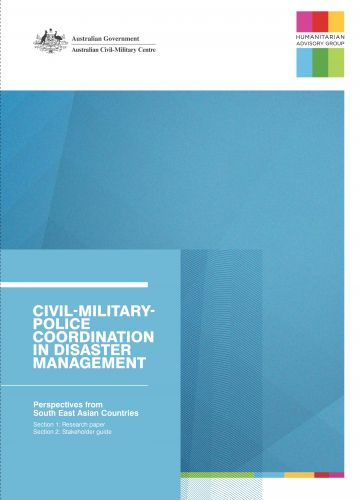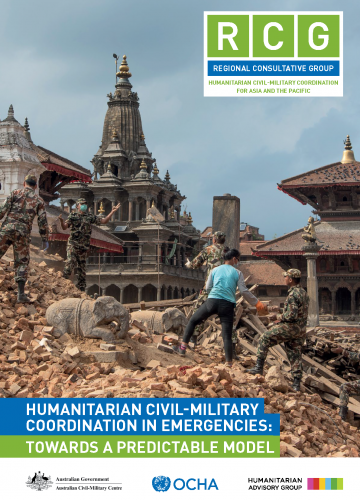Responders to natural disasters face increasingly complex operating environments, characterised by new challenges and new actors. Global trends that are overwhelming the international humanitarian system come into sharp focus in South-East Asia. These trends include climate change, rapid urbanisation, inequality, food and energy-price volatility and population growth.2 In 2013, more than one third of all disasters worldwide (natural and human-induced) occurred in Asia, with significant loss of life (more than 21,000 people) and an economic cost of US$62 billion.3 In this context, there has been an increase in the number and variety of stakeholders involved in disaster response in the region, including the regular presence of national and international military forces, and increasingly police, as critical stakeholders in the response.
The historical evolution of civil-military-police relations in South-East Asia is distinct from other geographical areas and has influenced current coordination arrangements and mandates in disaster response. For example, in some countries the presence of the military and/or the police as primary responders may be articulated in the constitution or be included in national legislation on disaster management. The presence of the military and/or the police as primary responders may also reflect their continued involvement in political and economic affairs, and potentially the need to support the capacity of civilian authorities. In all cases the involvement of military and/or the police reflects the historical evolution of civil-military relations in that context. Current international approaches to civil-military coordination in disaster response often lack a nuanced understanding of country contexts in this region.
To foster understanding and improve planning, preparedness and response, international responders need to understand the disaster response context, how different actors and stakeholders interact, and the differing civilian, military and police perspectives on disaster response.



